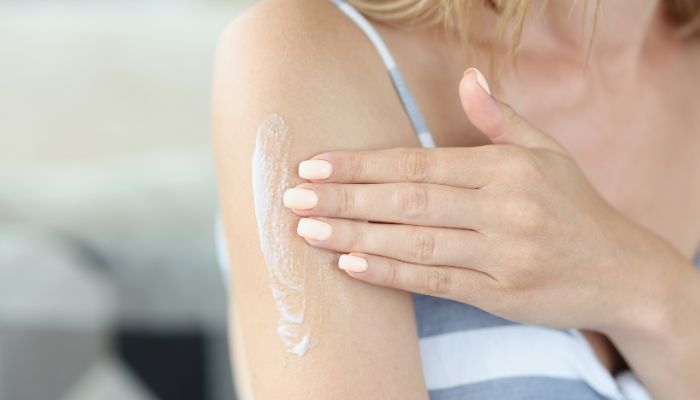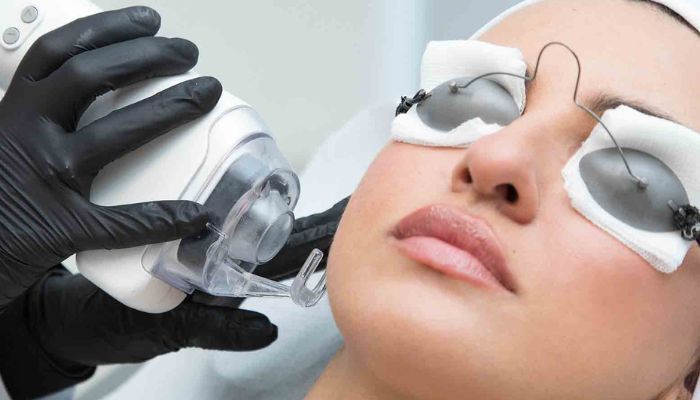As the sun emerges and beckons us outdoors, many individuals find themselves grappling with the unpleasant effects of sun allergies, also known as photosensitivity. While basking in the sun can be a delightful experience, for those with sun sensitivity, it often leads to discomfort, irritation, and even painful rashes. But fear not! In this comprehensive guide, we will delve into the world of sun allergy protection, offering expert advice, practical tips, and strategies to safeguard your skin and reclaim your enjoyment of the great outdoors. Whether you’re planning a beach getaway, a hike in the mountains, or simply a stroll in the park, arming yourself with the knowledge and tools to combat sun allergies is essential for maintaining healthy, radiant skin all year round. So, let’s embark on this journey together and discover how to shield your skin from the sun’s harmful rays with confidence and ease!
Table of Contents
Understanding Sun Allergies
Some individuals exhibit heightened sensitivity to specific types of sunlight, which can lead to various reactions upon exposure. Among these reactions, polymorphous light eruption (PMLE) is the most common occurrence, characterized by an autoimmune response in the skin triggered by sun exposure. Other conditions often classified as sun allergies include solar urticaria, marked by hives and reddish patches appearing within 30 minutes to two hours after sun exposure, actinic prurigo, which presents as intensely itchy papules and nodules on sun-exposed skin areas, and photoallergic reactions. In photoallergic reactions, UV rays from the sun alter the chemical structure of substances applied to the skin, resulting in the development of an allergy to the modified substance. While not true allergies to the sun itself, these sensitivities can cause significant discomfort and require careful management to alleviate symptoms effectively.
Common Triggers and Symptoms of Sun Allergies
Sun allergies can arise from various factors, including genetic predisposition, certain medications (such as antibiotics, nonsteroidal anti-inflammatory drugs, and diuretics), and exposure to specific substances like fragrances or plants (e.g., limes, parsley). The symptoms typically include redness, itching, swelling, and rash-like eruptions on sun-exposed areas like the face, neck, arms, and chest, emerging within minutes to hours post-exposure. Recognizing these signs is pivotal for timely intervention and effective management of sun allergies.

Tips for Sun Allergy Protection
Choosing the Right Sunscreen
Choosing the right sunscreen is crucial for effective sun allergy protection. Opt for sunscreens with a high SPF (Sun Protection Factor) to shield your skin from harmful UV rays. Look for broad-spectrum sunscreens, which protect against both UVA and UVB rays, providing comprehensive coverage. Additionally, consider water-resistant options, especially if you’ll be sweating or swimming, to ensure long-lasting protection against sun exposure.
Clothing as a Barrier
Clothing serves as an essential barrier against the sun’s rays, providing an additional layer of protection for sun-sensitive skin. Invest in UV-protective clothing and accessories, such as wide-brimmed hats, sunglasses with UV protection, and lightweight long-sleeved shirts and pants. These items help minimize direct sun exposure and reduce the risk of sun allergy flare-ups.
Timing Outdoor Activities
Timing outdoor activities can significantly impact sun allergy protection. Plan outdoor excursions during times when UV radiation is less intense, such as early morning or late afternoon. Avoid prolonged sun exposure during peak UV hours, as this increases the risk of sunburn and exacerbates sun allergy symptoms. By scheduling outdoor activities strategically, you can enjoy time outdoors while minimizing the impact of sun allergies on your skin.
Checking Medication and Product Labels
Carefully read warning labels and package inserts for medications, skincare products, and supplements to understand any potential risks associated with sun exposure. Some ingredients in these products can increase photosensitivity or trigger allergic reactions when exposed to sunlight, making it crucial to be informed and take necessary precautions.

Strategies for Calming Sun Allergy
Cool compresses: Apply cool, damp compresses to affected areas to soothe inflammation, itching, and discomfort caused by sun allergy reactions.
Hydration: Drink plenty of water to stay hydrated and help support skin health and recovery from sun allergy reactions.
Aloe vera: Apply aloe vera gel or lotion to affected areas to soothe and moisturize the skin, promoting healing and reducing irritation.
Avoid further sun exposure: Minimize sun exposure to prevent exacerbating sun allergy symptoms. Seek shade, wear protective clothing, and use broad-spectrum sunscreen to shield your skin from UV radiation.
Antihistamines: Take oral antihistamines, to help alleviate itching, swelling, and other allergic symptoms caused by sun exposure.
Topical corticosteroids: Use over-the-counter or prescription-strength topical corticosteroid creams or ointments to reduce inflammation and relieve itching associated with sun allergy rashes.
When to See a Dermatologist
If you experience flu-like symptoms such as fever with chills, nausea, headache, and weakness, or if your skin develops blisters, it’s advisable to consult your dermatologist promptly. A blistering sunburn is equivalent to a second-degree burn, necessitating medical attention beyond standard over-the-counter treatments. By seeking help from a dermatologist, you can receive personalized assessment, treatment options, and preventive strategies customized to address your specific condition effectively.
Conclusion
It’s evident that proactive measures are essential for managing sun allergies and preserving skin health. By implementing the expert tips provided in this guide, including selecting the right sunscreen, utilizing clothing as a barrier, seeking shade strategically, and timing outdoor activities wisely, individuals can effectively protect themselves against sun allergy symptoms and minimize discomfort. Additionally, staying informed about common triggers, reading product labels, and consulting healthcare professionals when necessary are vital steps in maintaining skin wellness. Remember, while sun allergies may pose challenges, they need not hinder your enjoyment of the outdoors. With diligence, awareness, and the right strategies, you can confidently embrace sunny days while safeguarding your skin against adverse reactions.



